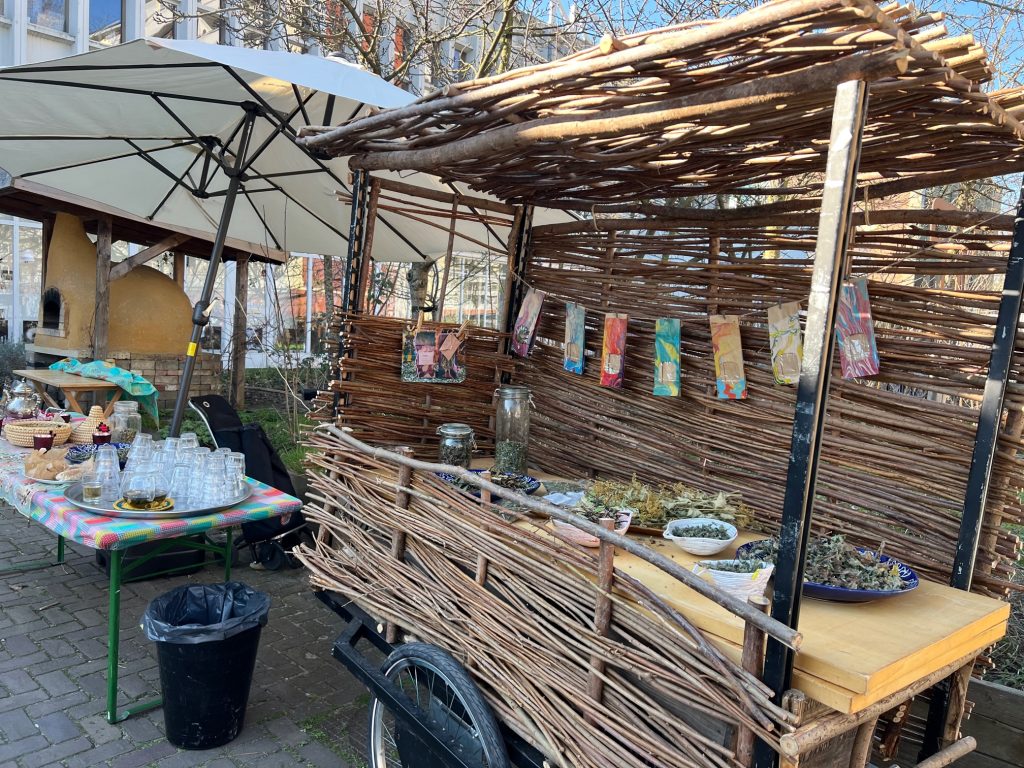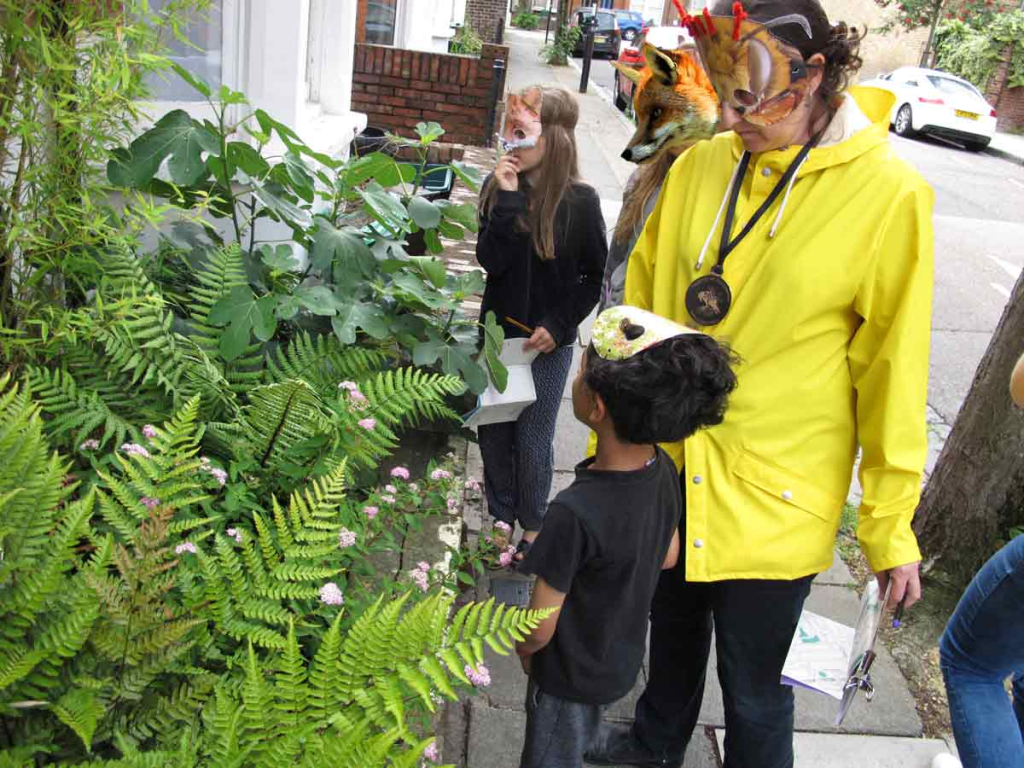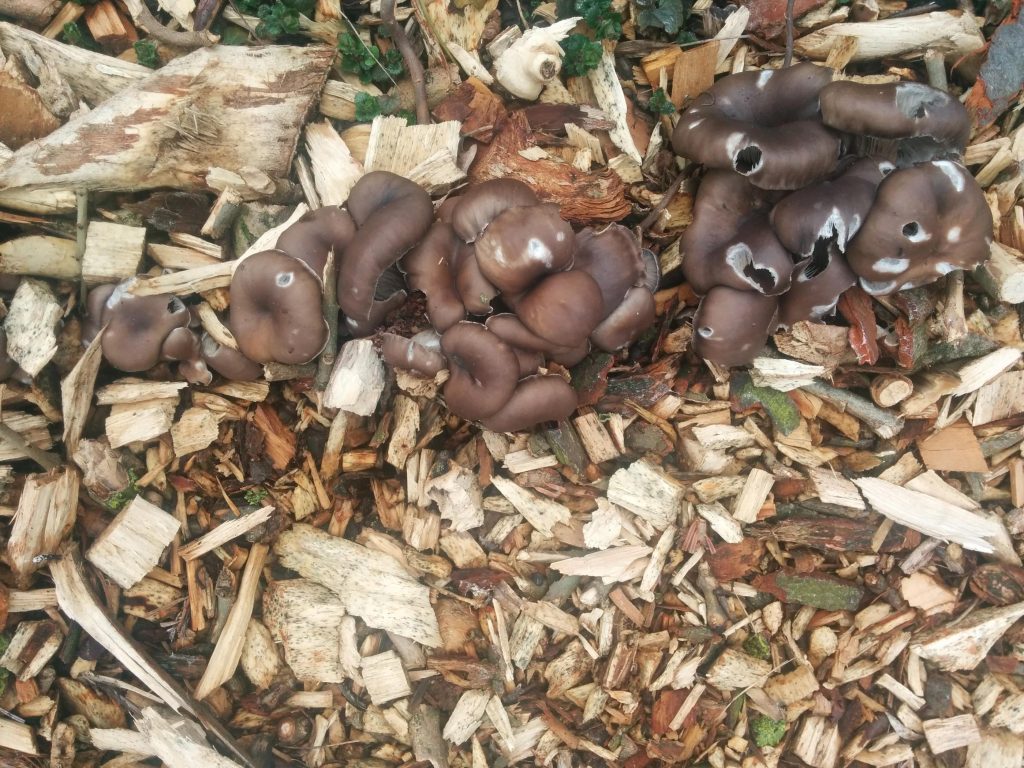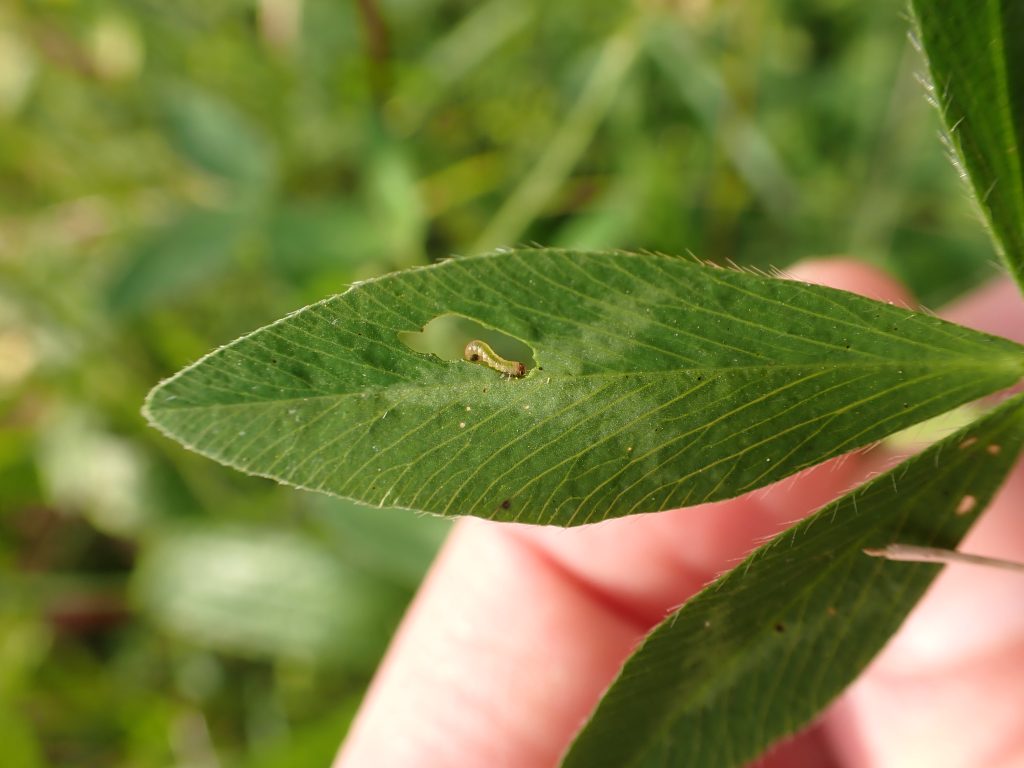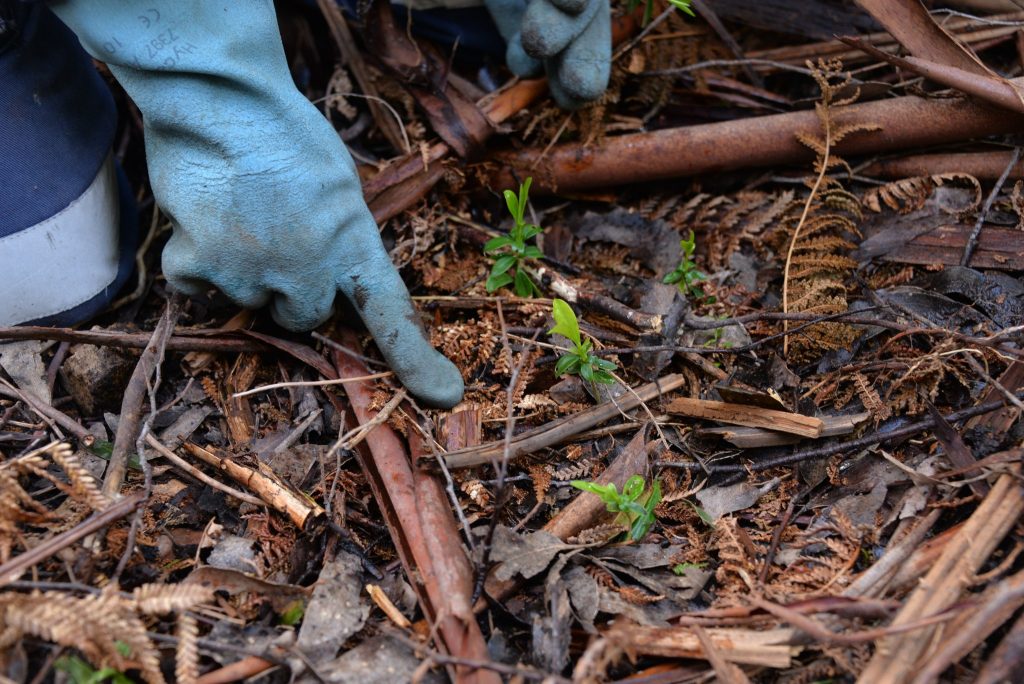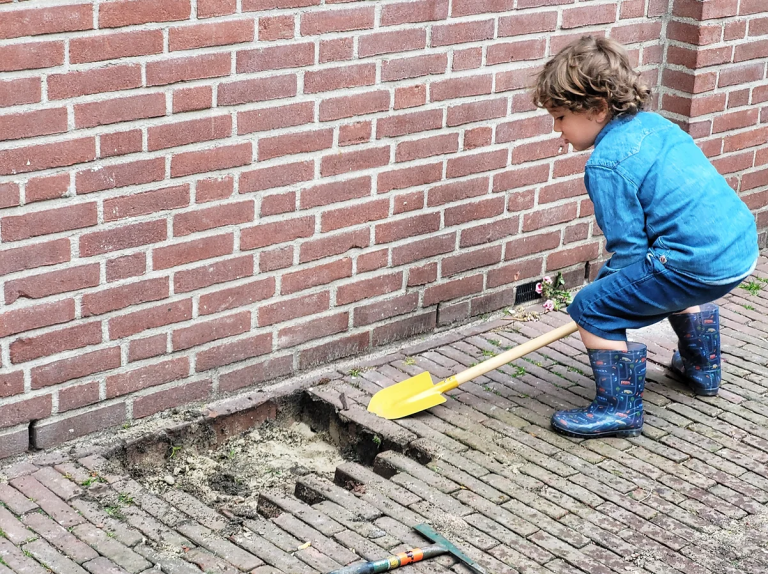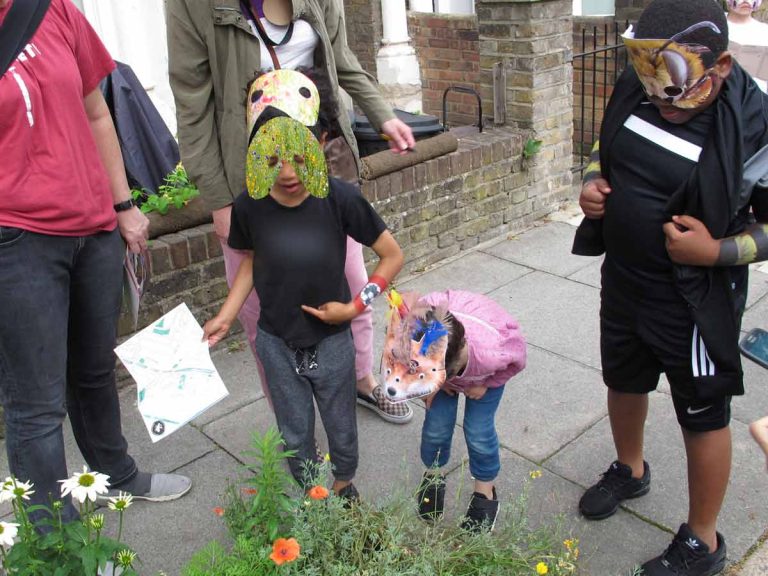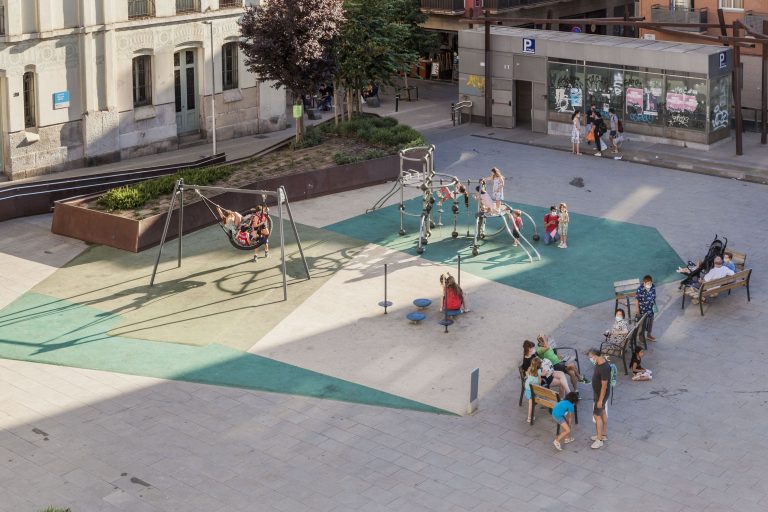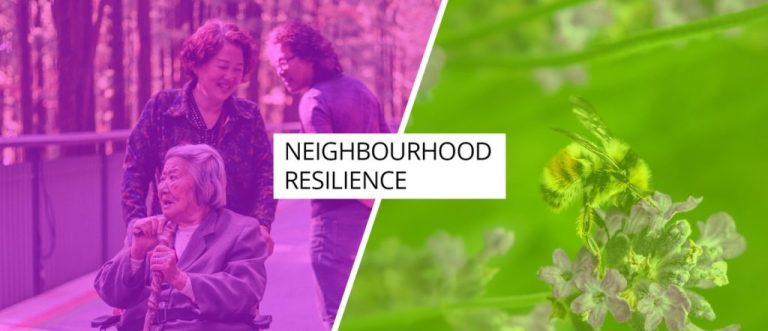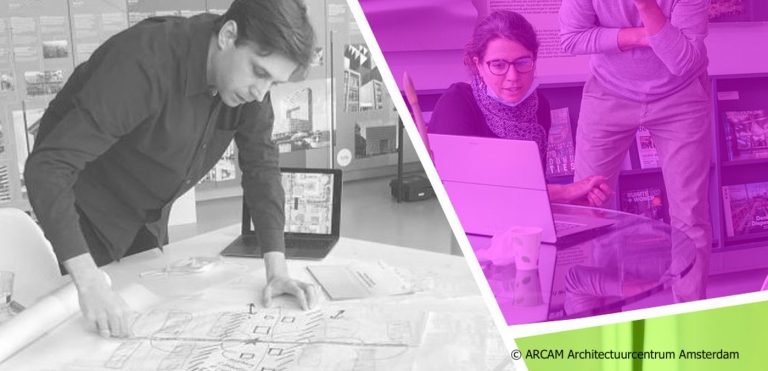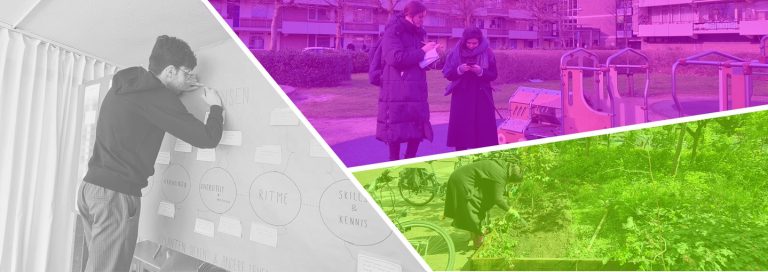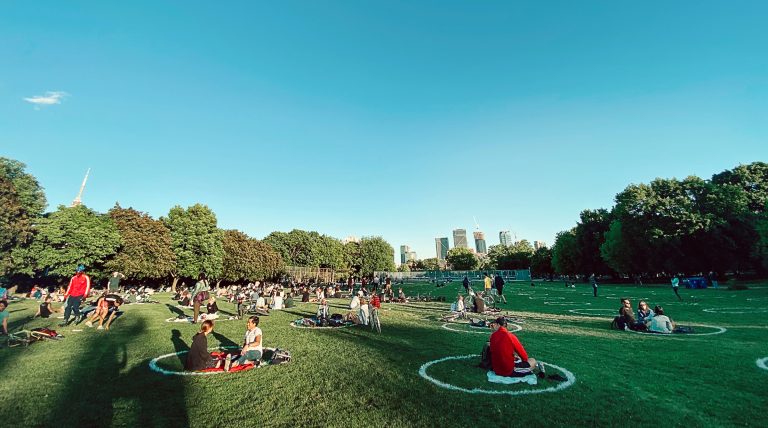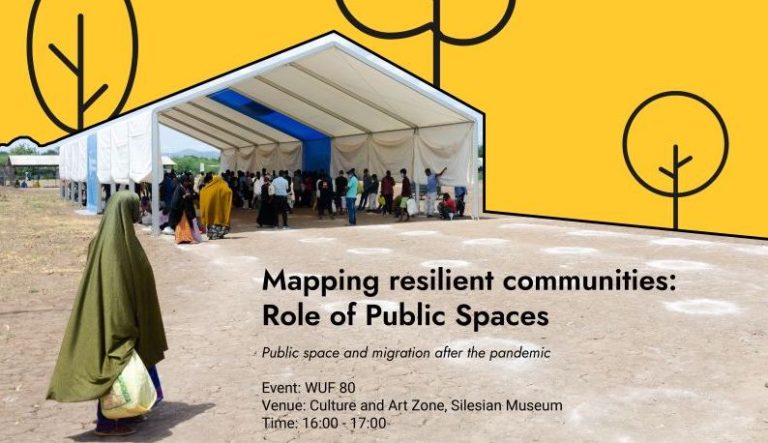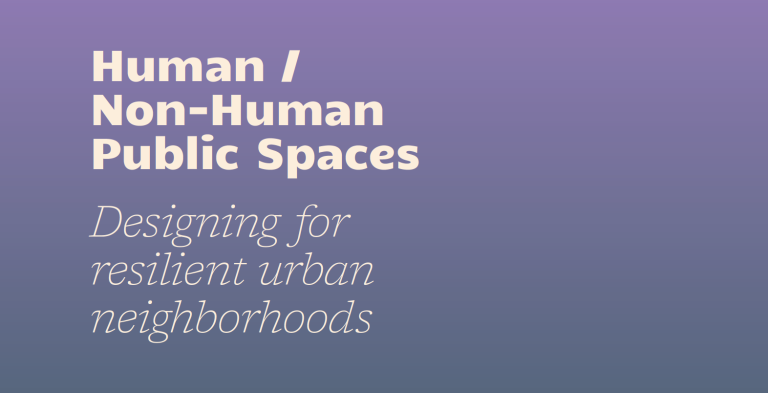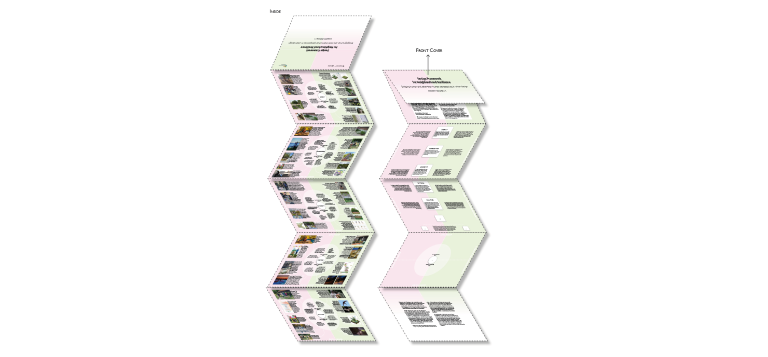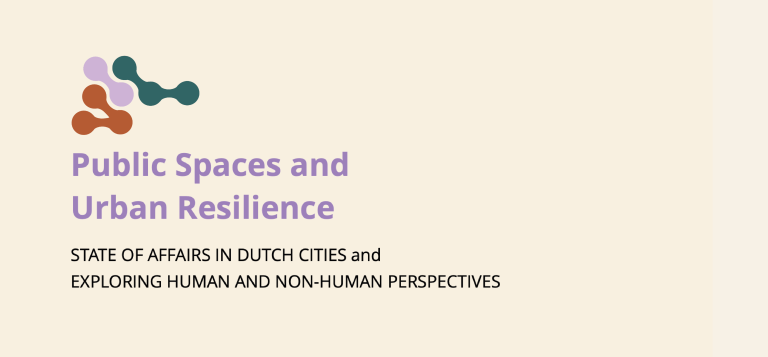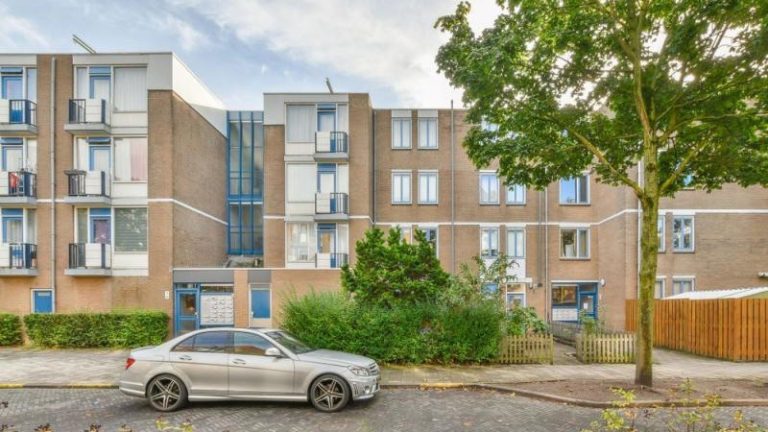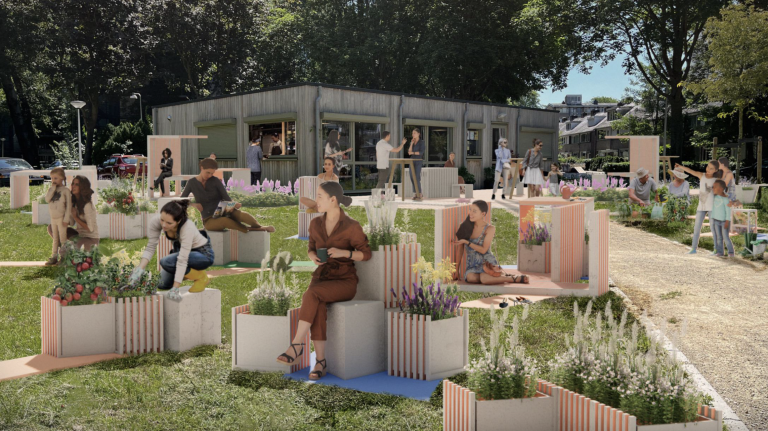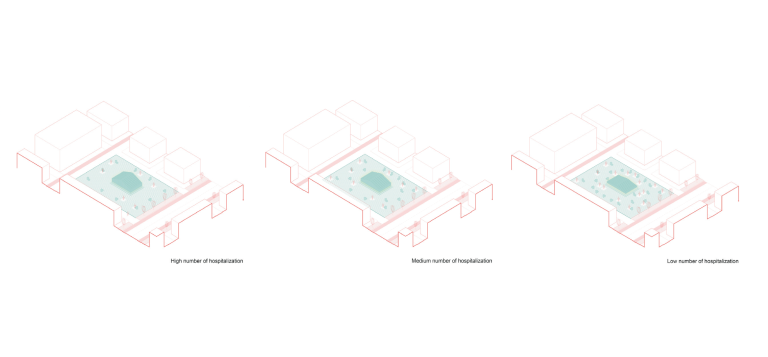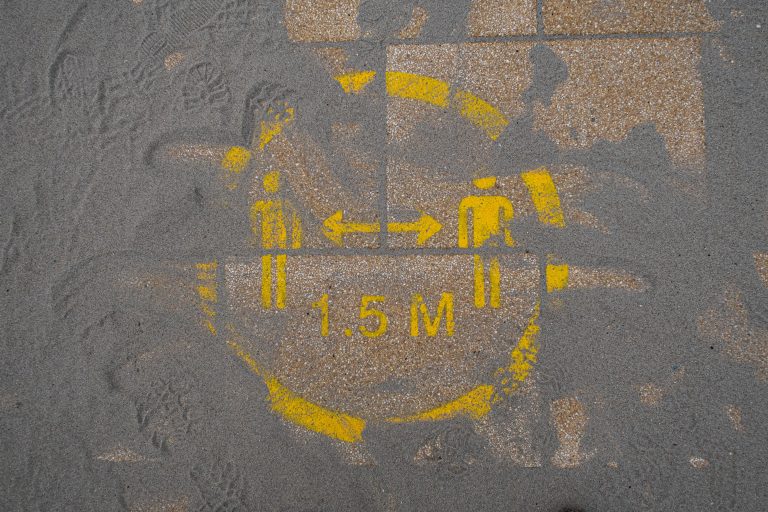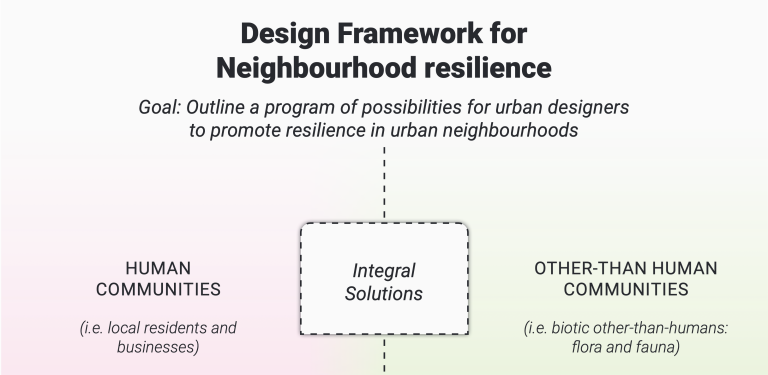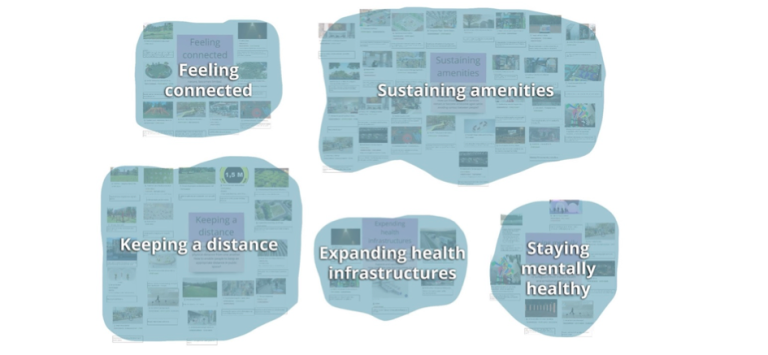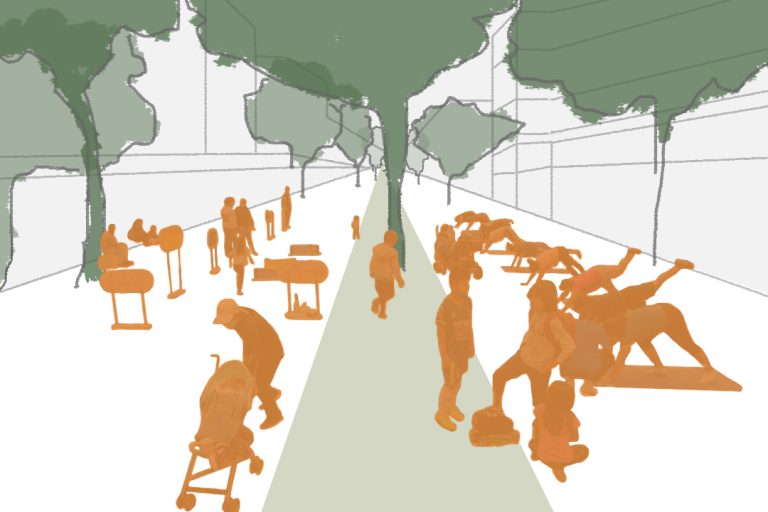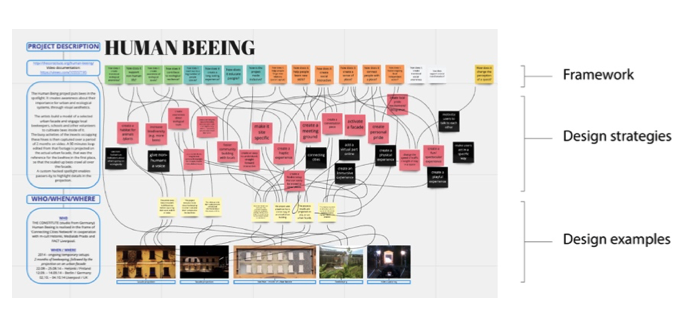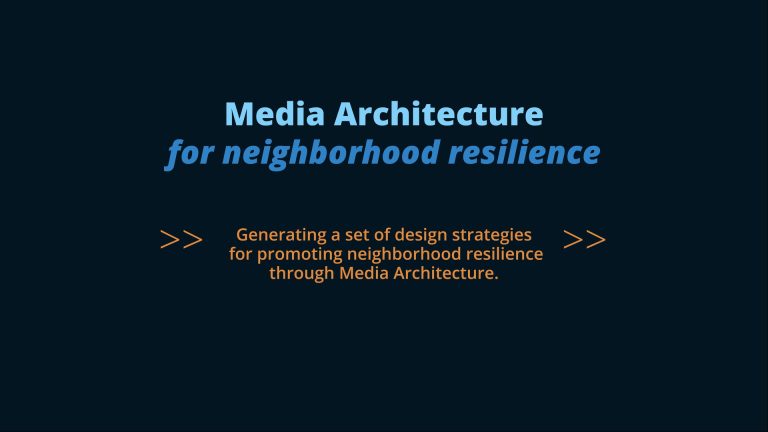During the research process, we had the opportunity to explore different perspectives on how to promote resilience in neighbourhoods and cities, which resulted in a variety of resources. Listed below, you will find academic and professional publications, as well as a series of webinars, where we were joined by experts to discuss the topic of designing for neighbourhood resilience while addressing social and ecological issues in an integral way.
Human/Non-Human Public Spaces: Designing for resilient urban neighborhoods is a design perspective that encourages designers, policymakers, and community organizers to understand and promote neighborhood resilience in a particular way: it shows the potential of public space as a site for intervention to strengthen both human and non-human communities. The design perspective is presented in two parts. The first showcases the perspective’s rationale, and its three key concepts are introduced. This offers designers an initial understanding of resilience in human and other-than-human communities. The second part provides concrete directions for designing according to this understanding; here, each concept is supplemented with spatial and civic design examples and strategies. For a more in-depth description of the design perspective, see publication below.
Human Residents
Other Than Human Residents
Agency
A community can only be resilient if its members – old and new – have the capacities, motivation, and opportunities to act as individuals and collectives toward communal needs and concerns. It is also important that their voices and perspectives are heard in local design and decision-making processes. PossibilitiesConnectedness
A community can only be resilient if its members are able to build strong and stable connections. For this, it is important that various actors can encounter one another over longer periods of time. PossibilitiesDiversity
A community can only be resilient if it can rely on the diverse contributions that individuals and collectives can make. To identify and create conditions for this diversity, it is important that designers create inclusive settings and solutions. PossibilitiesHow to promote agency?
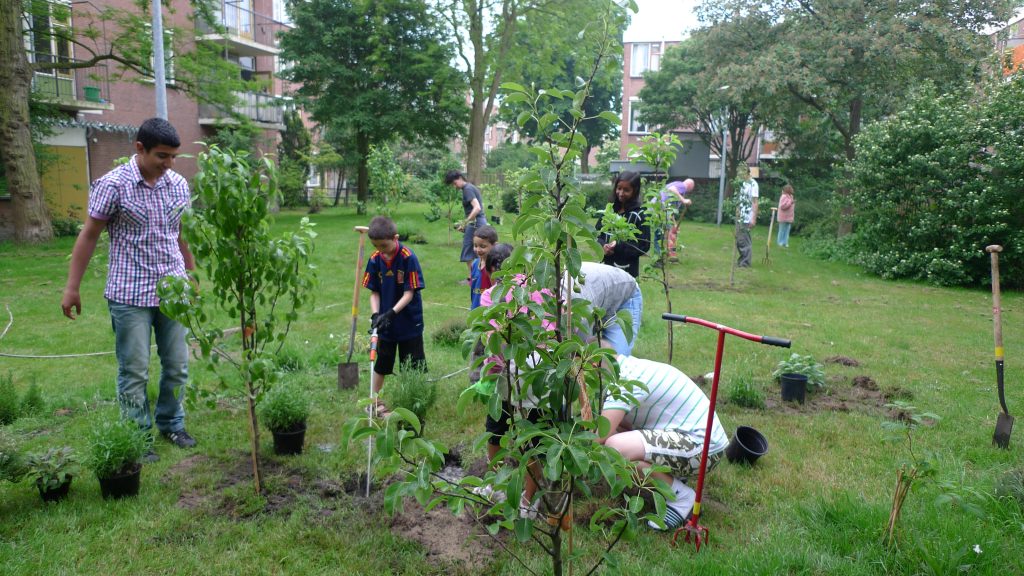
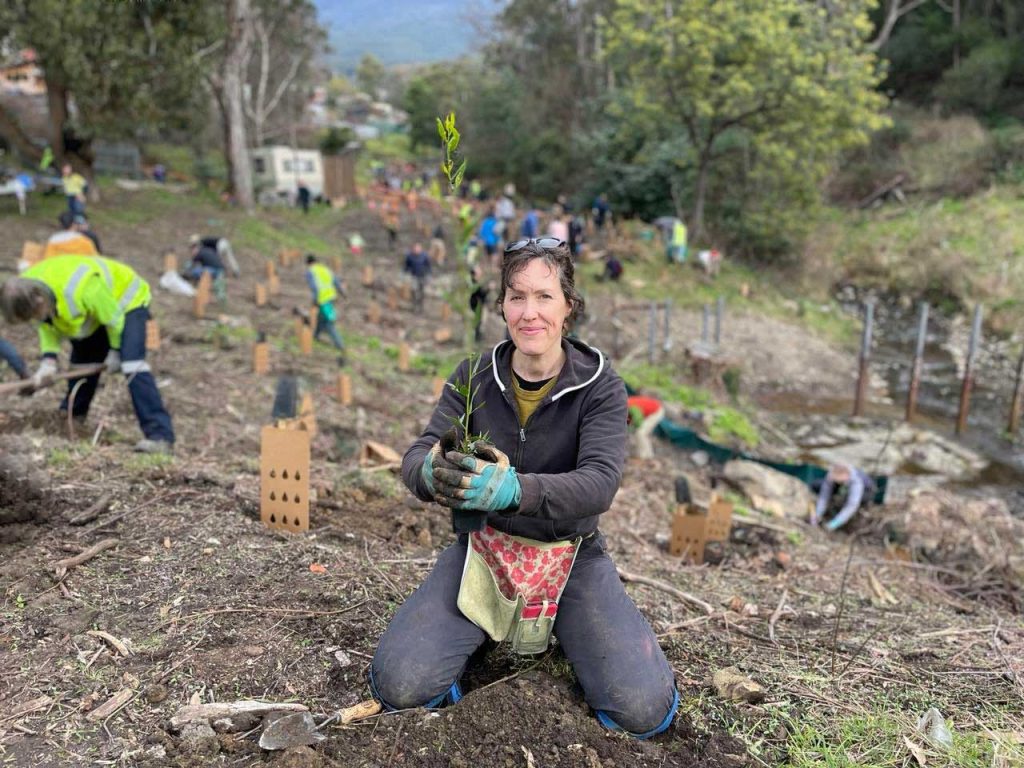
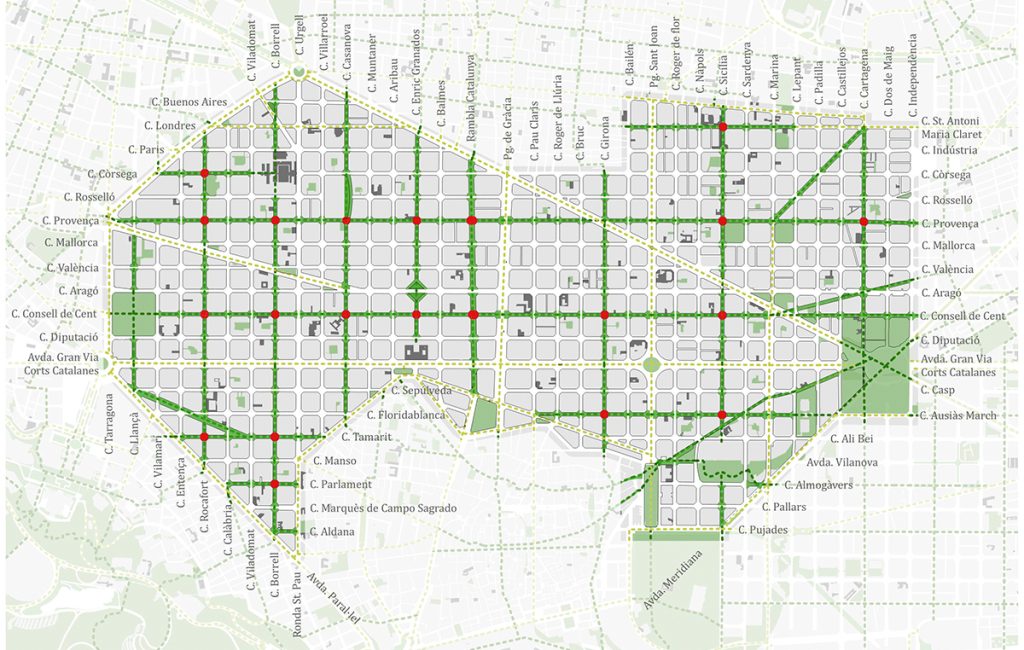
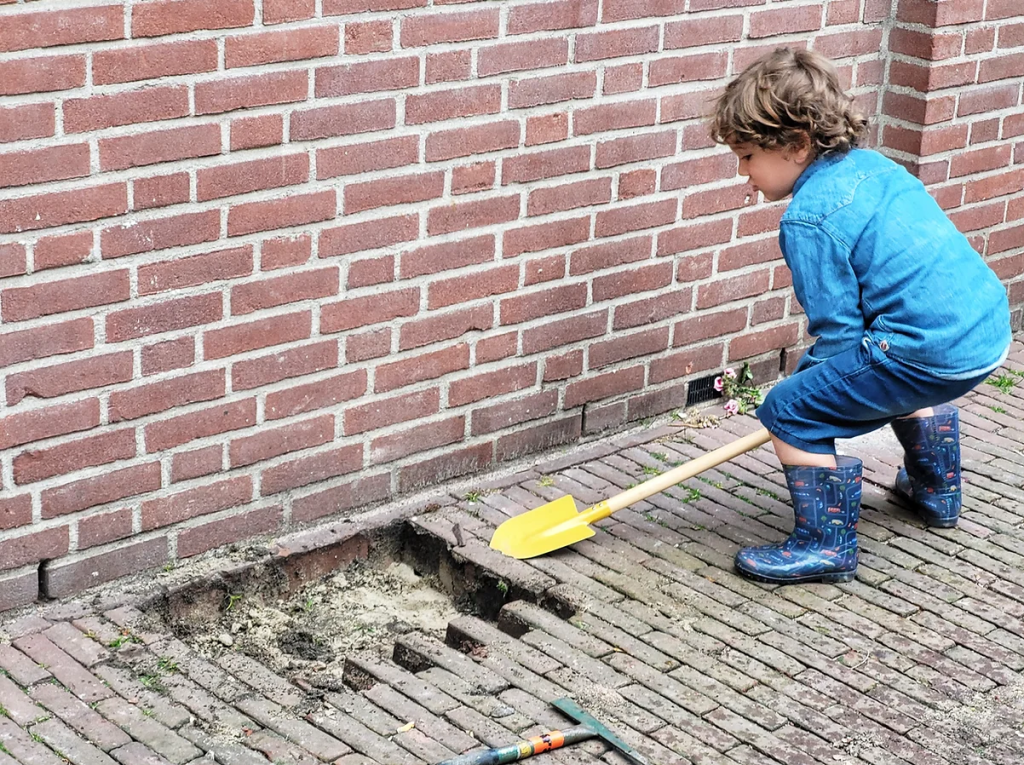
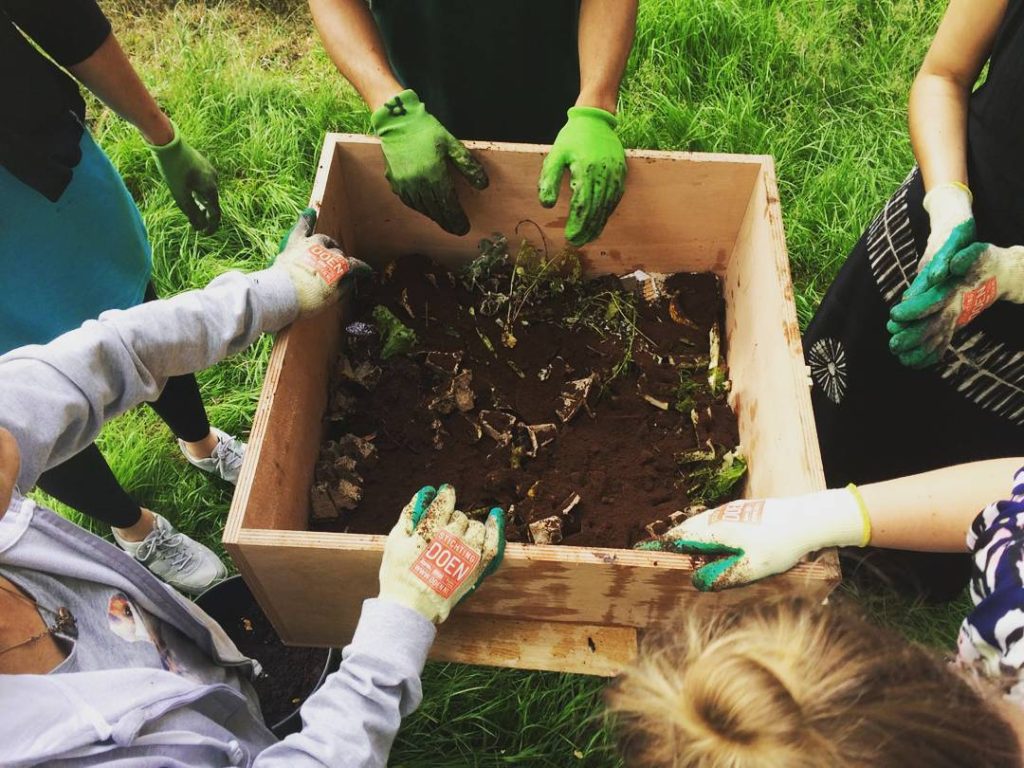
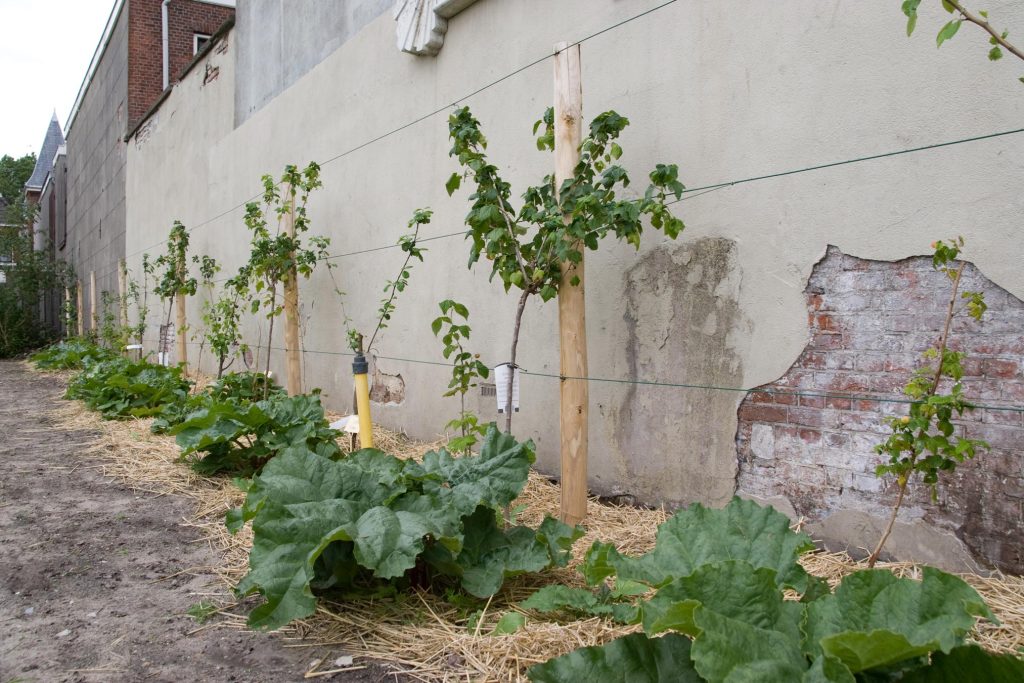
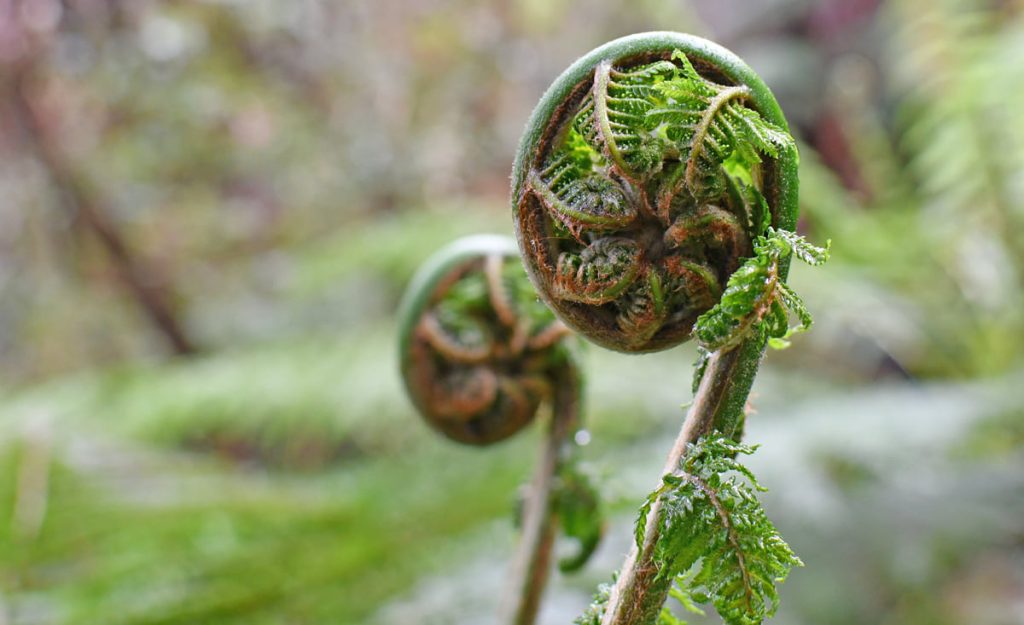
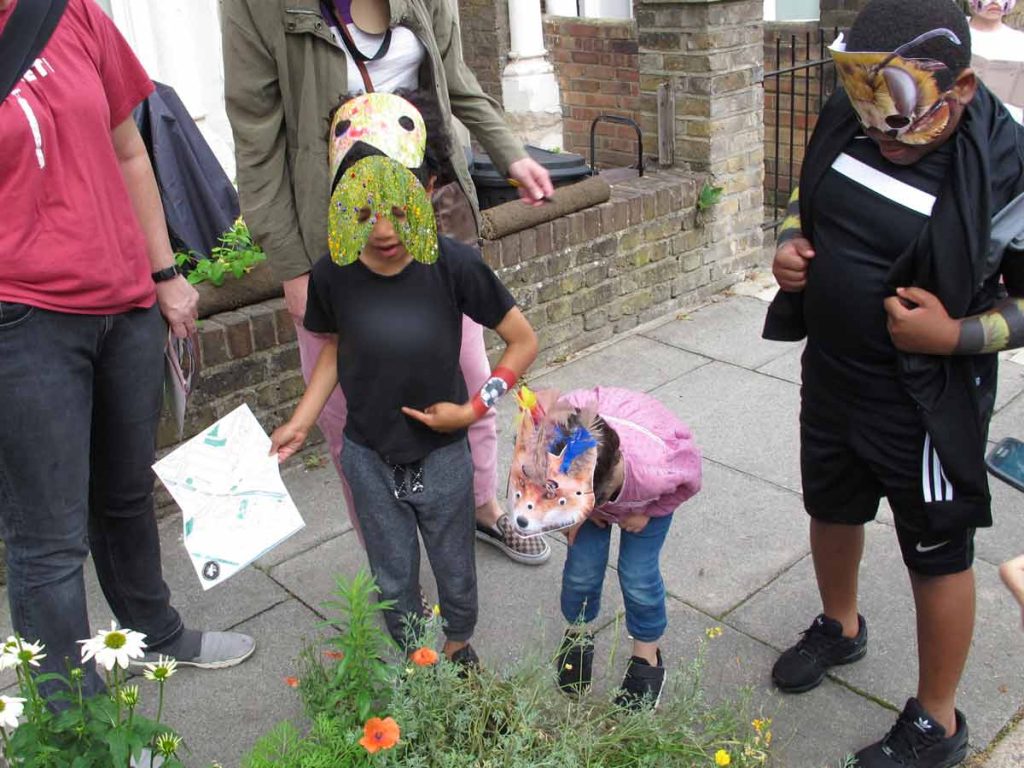

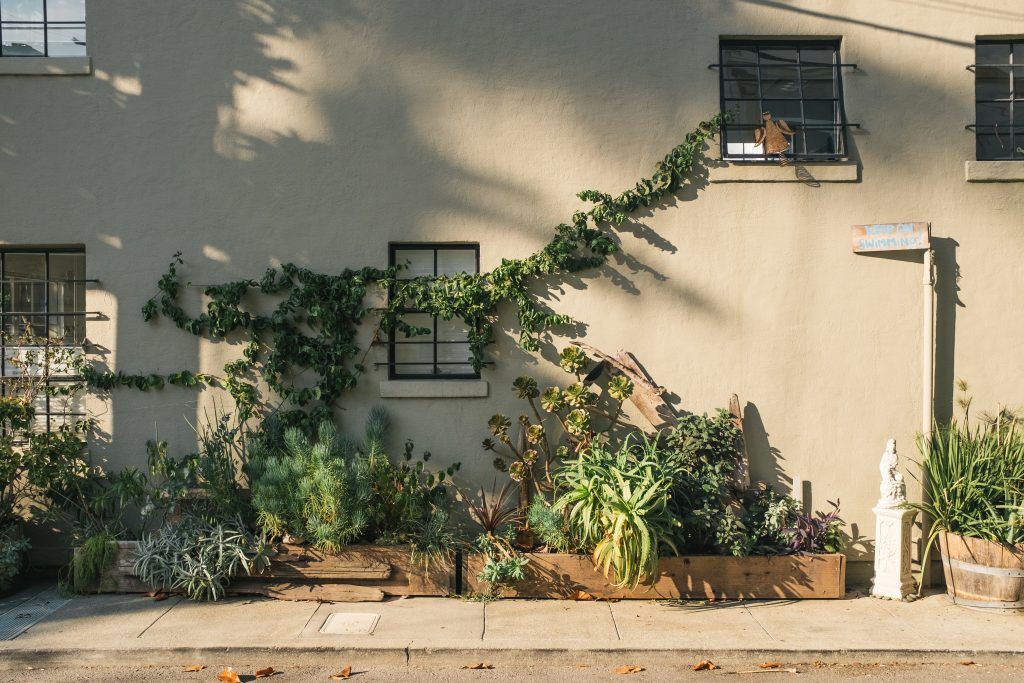
How to promote connectedness?
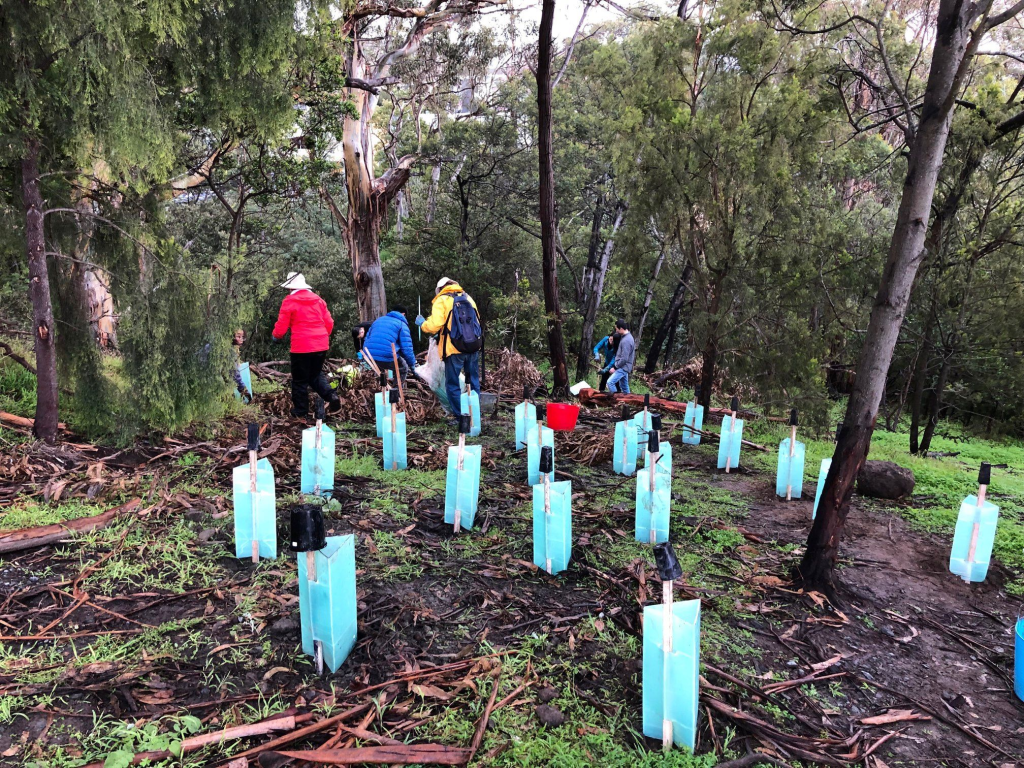
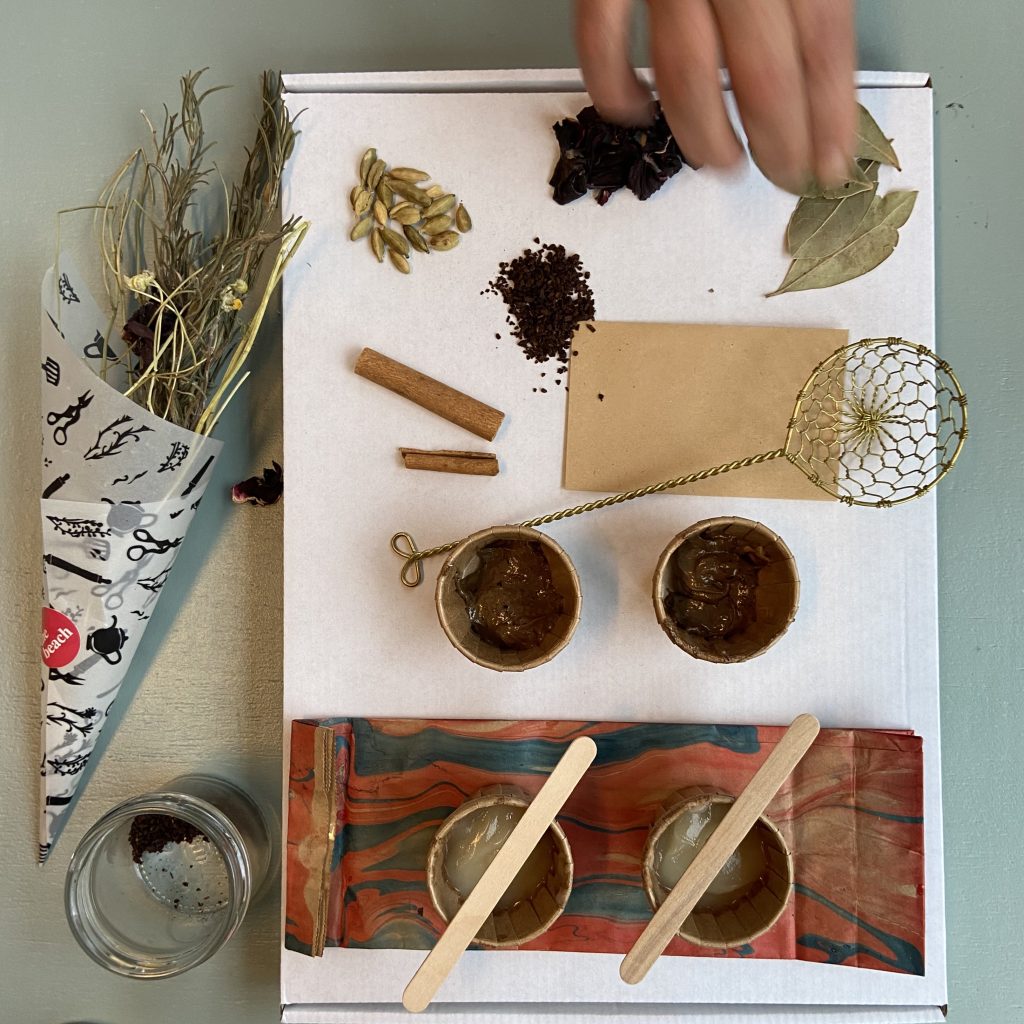
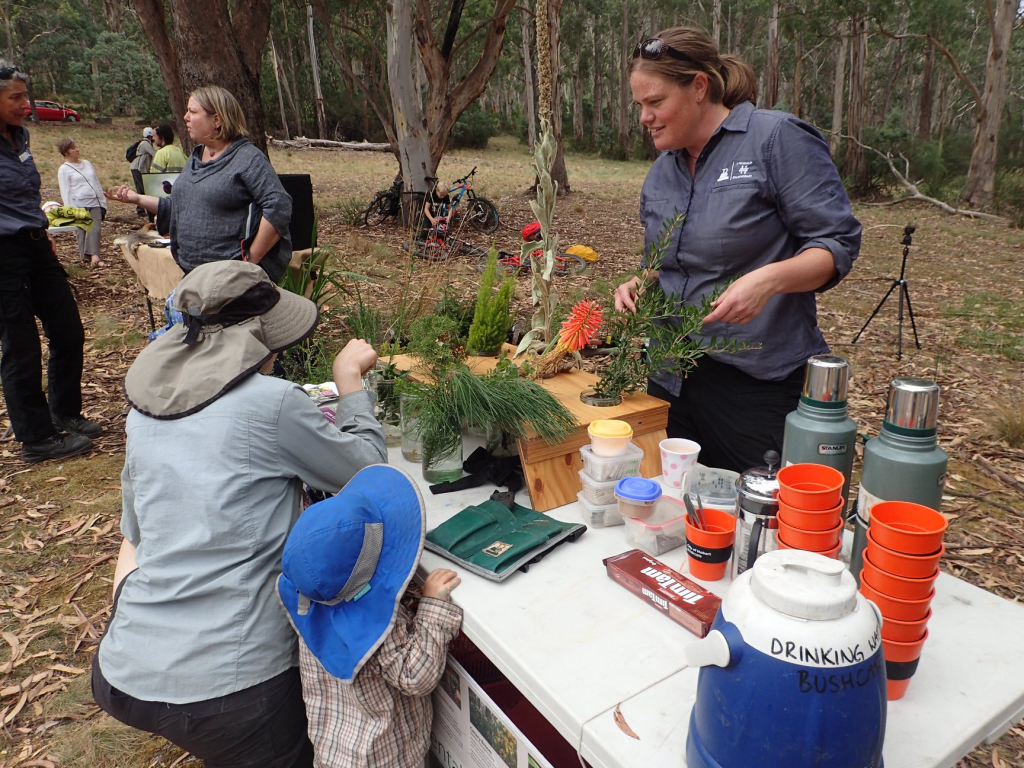
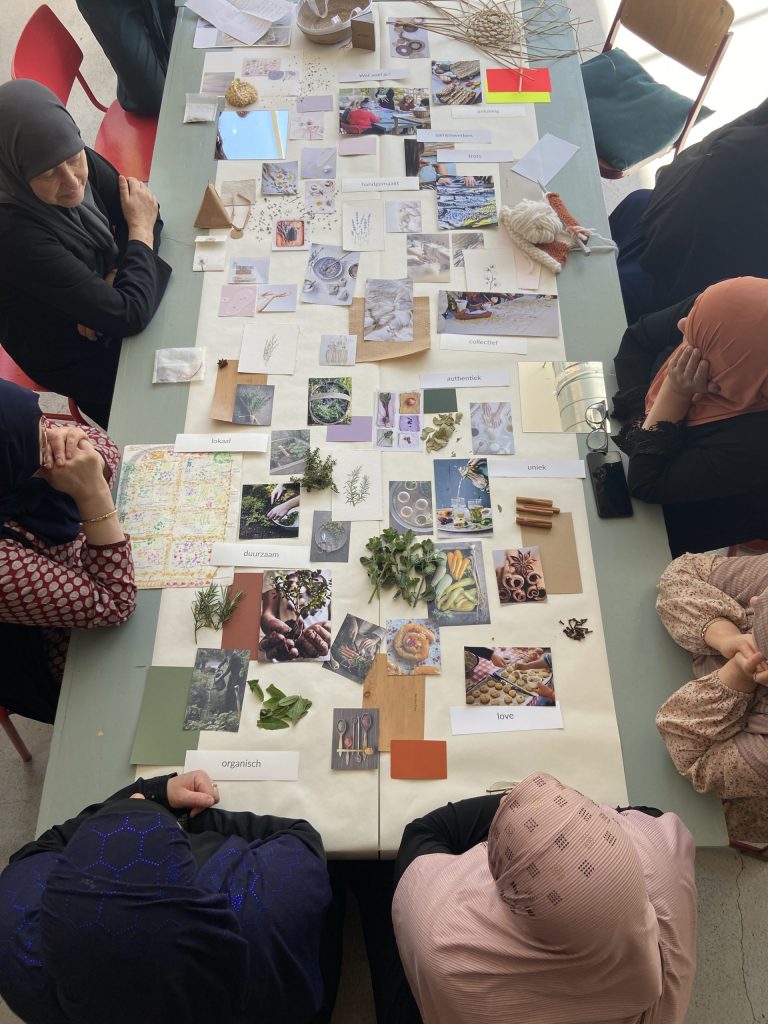
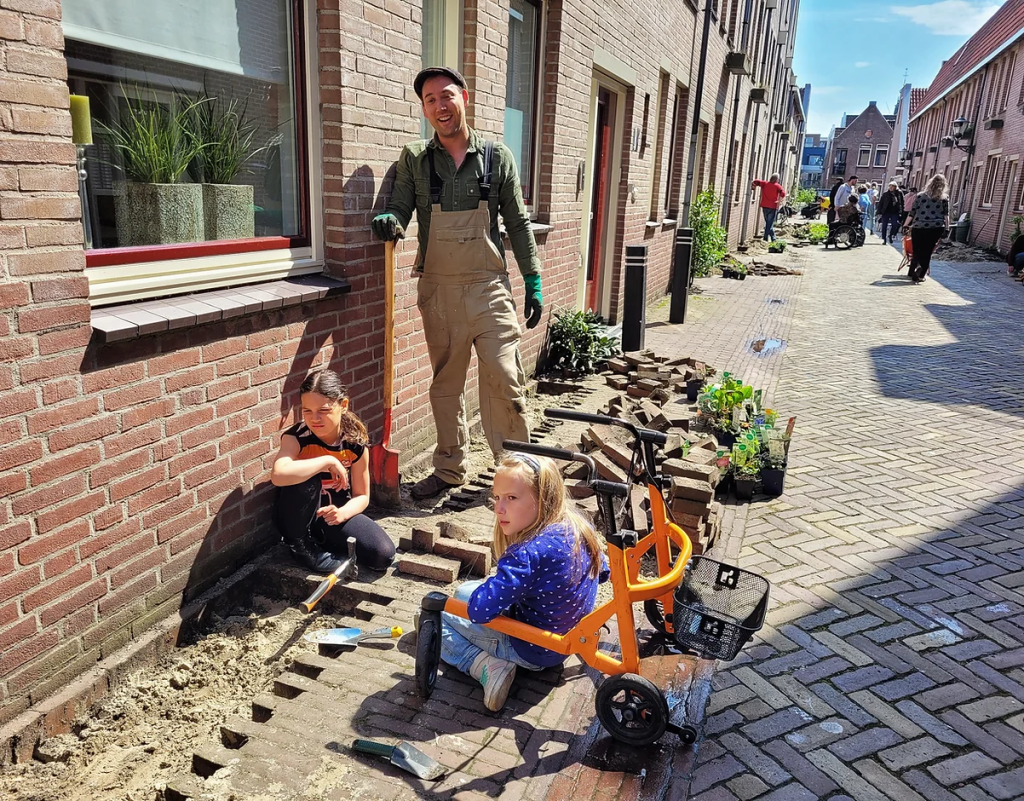
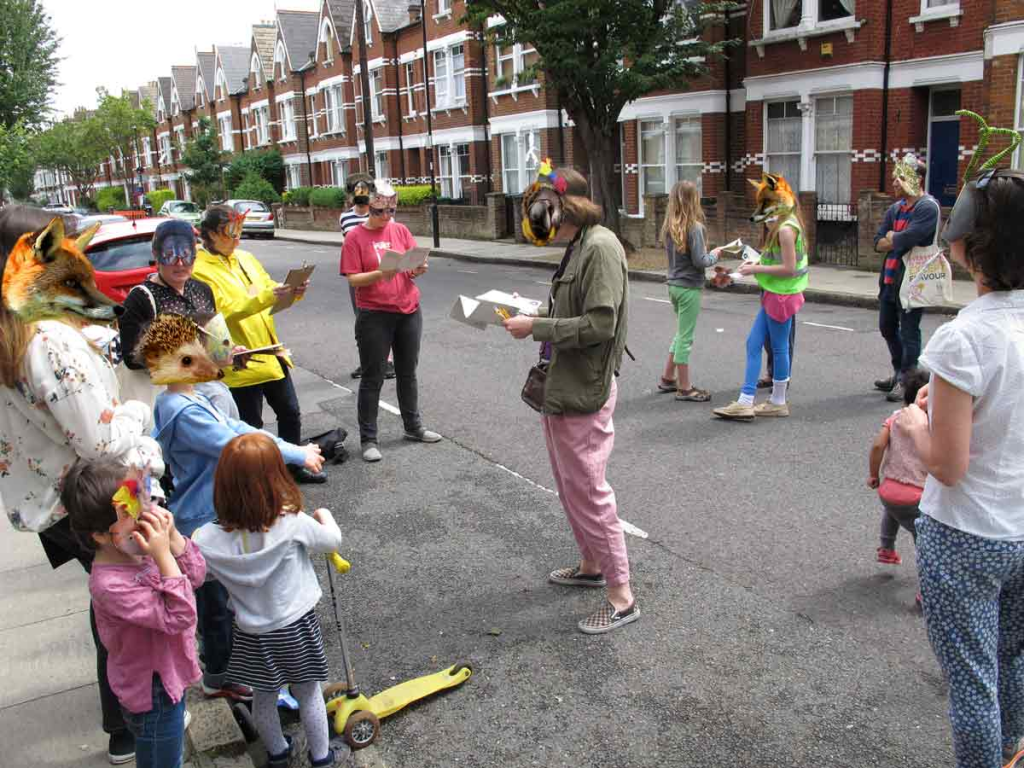
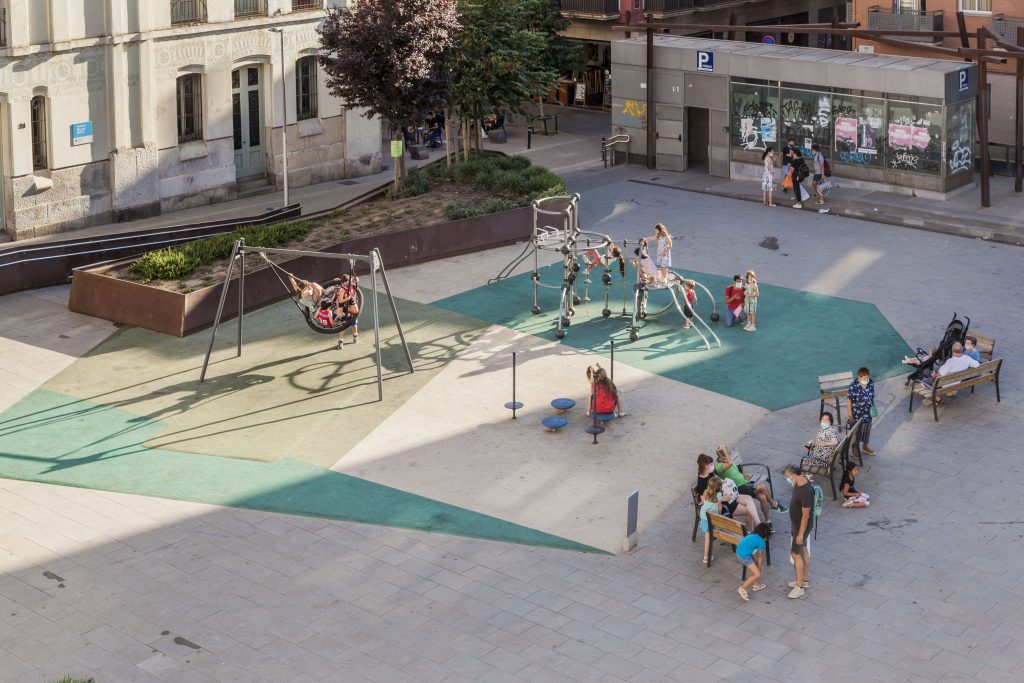
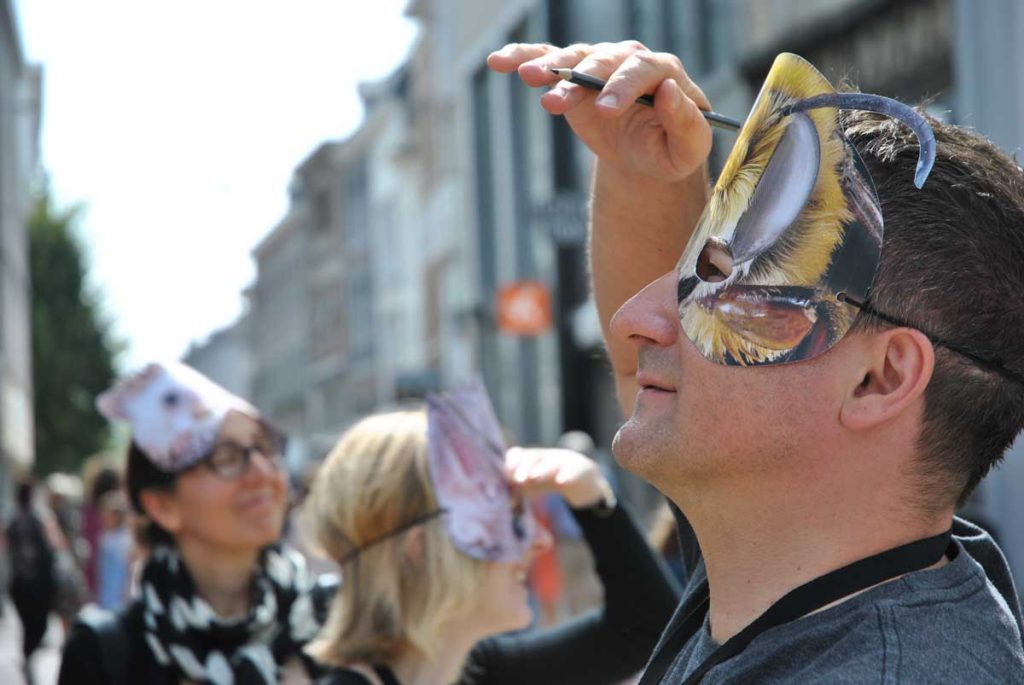
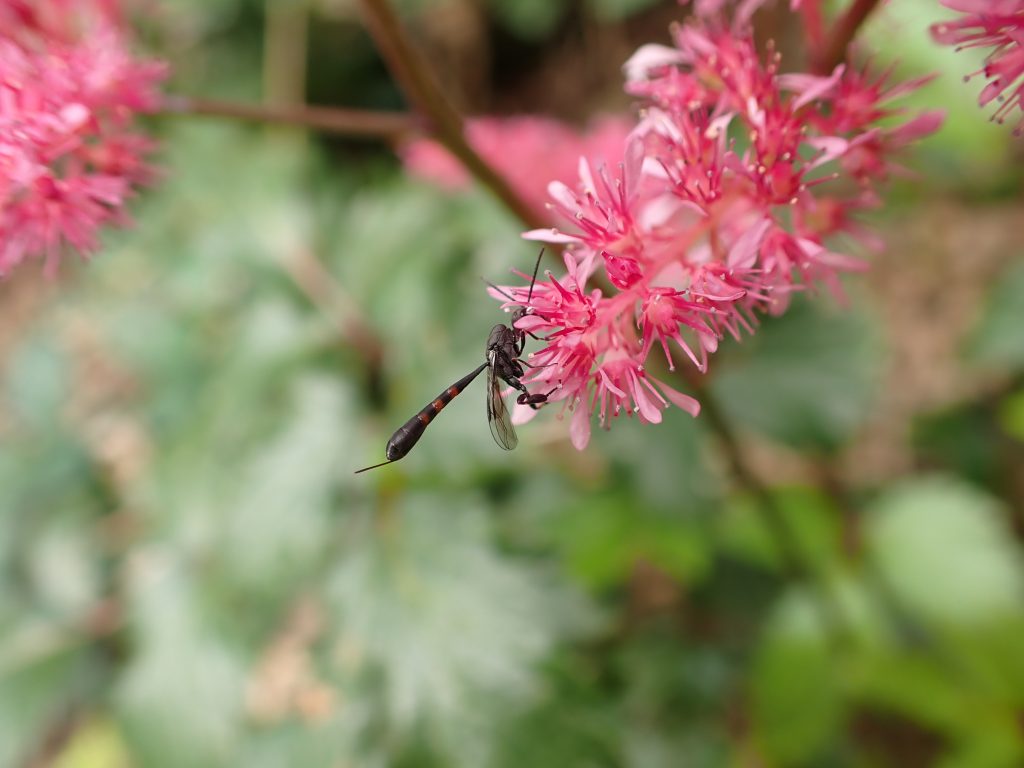

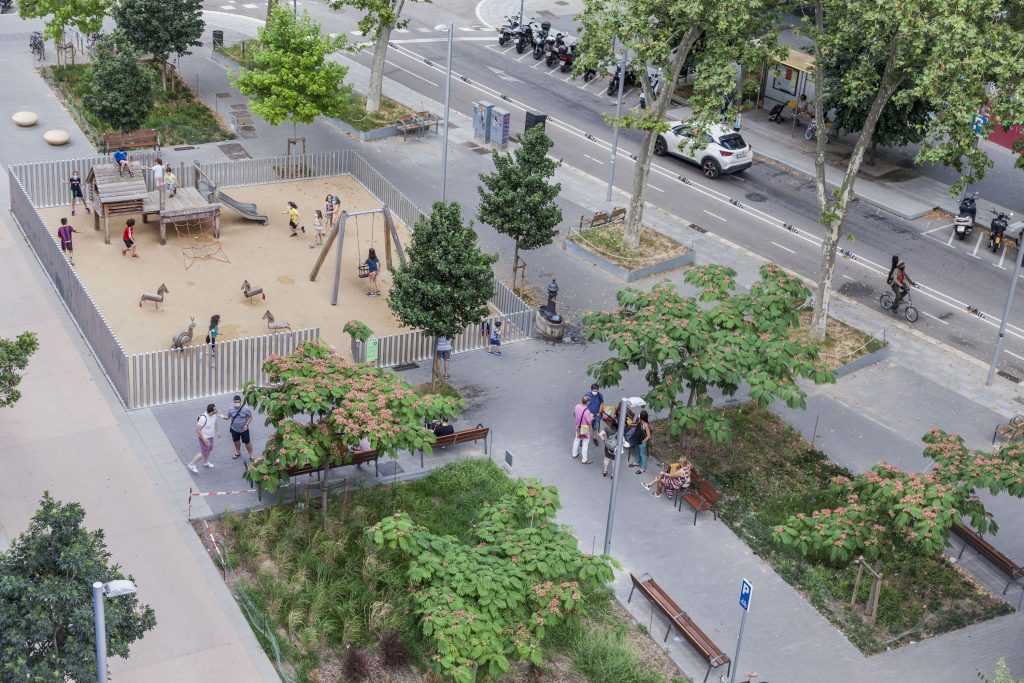
How to promote diversity?
